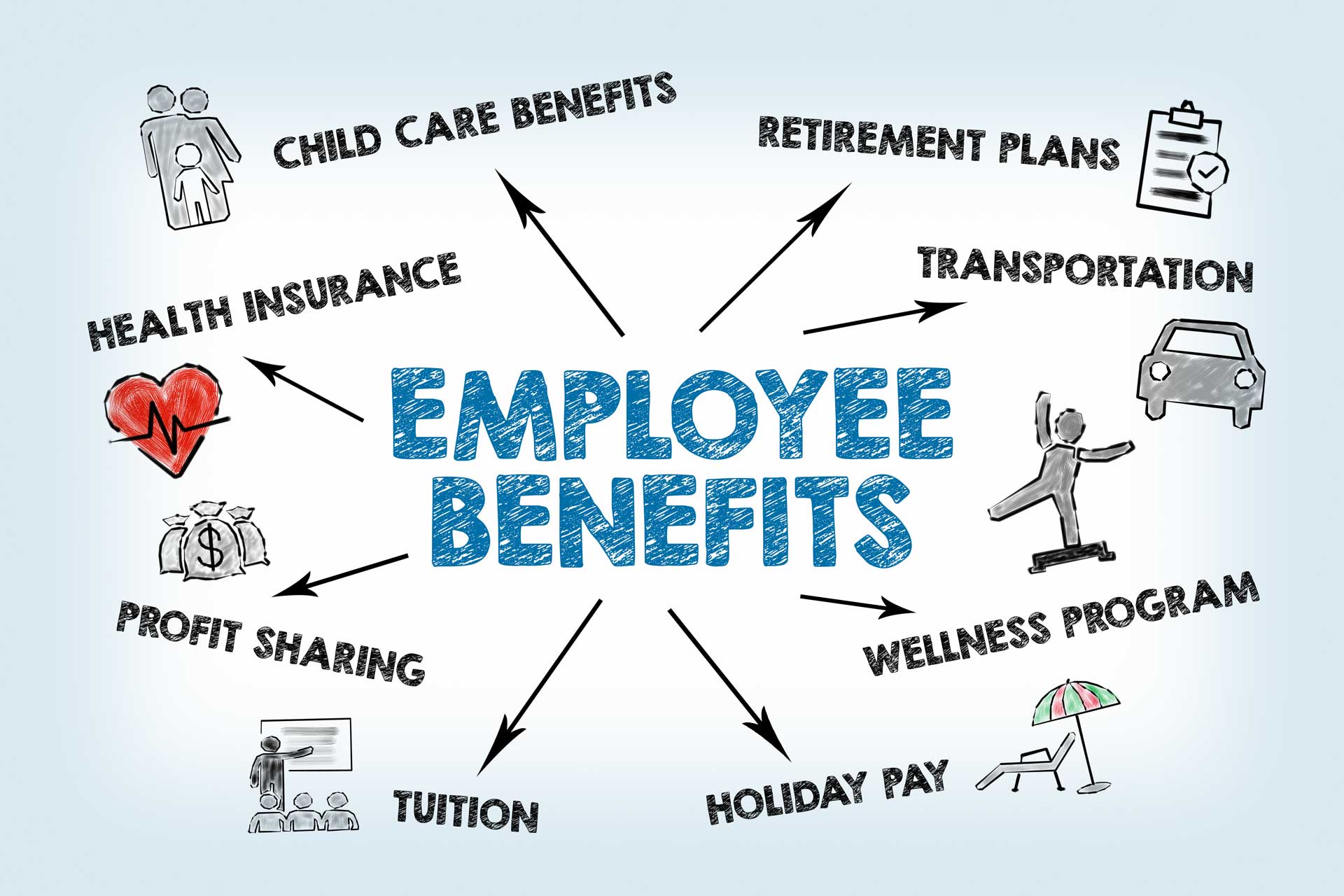Earlier this year, the Department of Labor (DOL), Internal Revenue Service (IRS) and Pension Benefit Guaranty Corporation (PBGC) issued final rules on Form 5500 and Form 5500 Short Form (SF) changes starting for 2023 retirement plan year reports. Changes are part of the final phase of Setting Every Community Up for Retirement Enforcement Act (SECURE Act). Plans that operate on a calendar year will begin using the new reports in July of 2024.
The SECURE Act was signed into law in 2019 to help more Americans save for retirement. On December 29, 2022, SECURE 2.0 was signed into law with promises of adding tens of billions of dollars to retirement savings and offering new retirement plan features over the next decade.
As noted in an RBT CPAs Thought Leadership Article, SECURE 2.0 has almost 100 different provisions phasing in between 2023 and 2033 to give employers and employees new opportunities to build retirement (and emergency) savings. “From plan rules and administration to tax credits and startup costs, SECURE 2.0 will result in a broad swath of changes for a variety of plans – including 529 plans, IRAs, 401(k)s, 401(b)s, SIMPLE plans, pension plans, employee stock ownership plans, and more. In general, small employers, non-profit organizations, and government agencies will have the opportunity to participate in plans previously available to large for-profit employers only.”
One of the changes impacts Form 5500 filings starting with the 2023 plan year. As explained on a DOL Fact Sheet related to the changes, ERISA and the IRC require covered employee benefit plans to file annual returns/reports about plans’ financial condition and operations. Form 5500 (or Form 5500 SF for small employee plans), along with required schedules and attachments, satisfies this requirement. The DOL, IRS, and PBGC use these reports for enforcement, compliance, and research. Plan participants, beneficiaries, and the public can refer to Form 5500 filings to monitor plan operations.
According to a DOL press release, key changes to annual reports will include a consolidated Form 5500 for certain defined contribution plans; an updated participant-counting methodology for plans with fewer than 100 participants; a breakout of administrative expenses paid by a plan on its financial statements; financial and funding reporting improvements by defined benefit plans covered by the PBGC; new IRC compliance questions for tax-qualified retirement plans; and technical and conforming changes as part of annual rollover forms and instructions.
Details about the Form 5500 changes, as well as changes to 403(b) multiple employer plans – including pooled employer plans, minimum required distributions, and audit requirements for certain plans – are contained in the Federal Register notices, Document #2023-02653 and Document #2023-02652.
The DOL Fact Sheet also states, “Per EFAST2’s normal annual schedule, the 2023 Form 5500 series of forms and instructions are scheduled to be released for filing as part of the EFAST2 electronic filing system on January 1, 2024. For questions about the final rule, contact EBSA’s Office of Regulations and Interpretations at 202-693-8500.”
For more information, visit the IRS’ Form 5500 Corner. For a timeline of Secure 2.0 changes through 2026, visit the American Society of Pension Professionals & Actuaries website. RBT affiliate, Spectrum Pension and Compensation, is also available to consult with you about retirement plans for yourself and/or your employees.
As always, RBT CPA professionals are also available to support all of your accounting, tax, audit, and business advisory needs, so you can focus on other aspects of your business – like your total rewards program, including opportunities to build income for retirement. To learn more about what we can do to help you succeed, give us a call today.
RBT CPAs do not outsource work to another country. All of our work is prepared in the United States. Also, RBT CPAs is an accounting firm – not a law firm. Should you need legal advice on your employee benefits, please consult the appropriate legal counsel.










